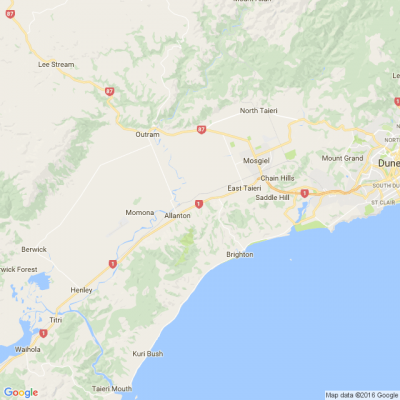
Know what’s happening
Access the private noticeboard for verified neighbours near you. Keep informed about any suspicious activity, send urgent updates to your neighbours when required and discuss emergency planning.
Get to know your neighbours
Browse the directory and start getting to know your neighbours. Don’t want to post to the whole neighbourhood? Send a private message.
Buy, sell and give away
Want to declutter your garage? Buy some used household items? Give away some garden stuff? Become a verified neighbour to browse and post items for sale. Trading is simple when everyone lives nearby.



Thank you for using Neighbourly
You may receive an email confirmation for any offer you selected. The associated companies will contact you directly to activate your requests.
Choose retreat or residence as the winner of this brand-new, fully furnished home in beautiful Whitianga.
For only $15 a ticket, you could be in to win this Jennian home in the Coromandel worth over $1 million. Featuring three bedrooms, two bathrooms, two outdoor decks and an open-plan kitchen,… View moreChoose retreat or residence as the winner of this brand-new, fully furnished home in beautiful Whitianga.
For only $15 a ticket, you could be in to win this Jennian home in the Coromandel worth over $1 million. Featuring three bedrooms, two bathrooms, two outdoor decks and an open-plan kitchen, living and dining area, this home is waiting to be lived in and loved by its new owners.
Make this property your permanent residence, a holiday home, rent it or even sell it – it could be all yours! Be in to win by purchasing your tickets today.
Buy tickets now

Nicole Mathewson Reporter from Dunedin News
Hi neighbours,
Travel writer Brook Sabin thinks Dunedin's Tunnel Beach is New Zealand's best hidden beach.
It's certainly not a hidden gem for those in the deep South, but the further up the country you get, the fewer people realise its remarkable beauty and incredible … View moreHi neighbours,
Travel writer Brook Sabin thinks Dunedin's Tunnel Beach is New Zealand's best hidden beach.
It's certainly not a hidden gem for those in the deep South, but the further up the country you get, the fewer people realise its remarkable beauty and incredible history, he says.
Do you agree that Tunnel Beach is NZ's best hidden beach? Read Brook's full story here and let us know what you think in the comments below.
Nicole Mathewson Reporter from Otago News
Thousands of New Zealanders are drinking water at risk of carrying the same parasite that is causing sickness and disrupting business in Queenstown.
Drinking water providers installed barriers to neutralise or eliminate protozoa such as cryptosporidium and giardia. The barrier was usually … View moreThousands of New Zealanders are drinking water at risk of carrying the same parasite that is causing sickness and disrupting business in Queenstown.
Drinking water providers installed barriers to neutralise or eliminate protozoa such as cryptosporidium and giardia. The barrier was usually either UV equipment or a fine mesh.
Despite legislation requiring protozoa barriers to be in place in New Zealand since 2014, the water supply drawn from the apparently pristine Lake Wakatipu and feeding central Queenstown did not have one.
The cryptosporidium outbreak was confirmed by September 18 and the Queenstown Lakes District Council quickly imposed a boil water notice in the town. Ongoing testing had failed to reveal a source of the outbreak, but the water supply was considered the most likely.
The council predicted it could be December before a protozoa barrier was in place and the boil water notice was lifted.
Water regulator Taumata Arowai had been assessing water supplies across the country to ensure they had protozoa barriers in place, prior to the Queenstown outbreak.
On Thursday, it said 84 drinking water supplies did not have a protozoa barrier in place, affecting more than 310,000 New Zealanders - 295,000 of those in the South Island.
It put the 27 councils involved on notice to have a plan and funds locked in to fix their drinking water supplies by June next year.
Putting the barriers in place could cost anywhere from tens of thousands of dollars to millions, and it was money the councils would have to find.
Read reporter Debbie Jamieson's full story here.

Frances Hodgkins Retirement Village
Design doesn’t end at the bathroom door. It’s a great place to create some cool storage space in your independent living apartment. If you’re not a fan of various bottles littering the floor, try a shower stool. Plus, it’s a great place to sit while washing or to shave your legs.
Ladder… View moreDesign doesn’t end at the bathroom door. It’s a great place to create some cool storage space in your independent living apartment. If you’re not a fan of various bottles littering the floor, try a shower stool. Plus, it’s a great place to sit while washing or to shave your legs.
Ladder shelves are very affordable and take up minimal room. They’re perfect for rolled towels and accessories that can live on the bottom shelves with more important products on the top.
Utilise the back of the bathroom door to hide towels, swimsuits and bathrobes by using some hanging hooks.
Click for more clever apartment storage ideas.

The Team from Resene ColorShop Dunedin
Create a birdbath with a natural sandstone paint effect with Resene Sandtex.
Find out how to create your own with these easy step by step instructions.
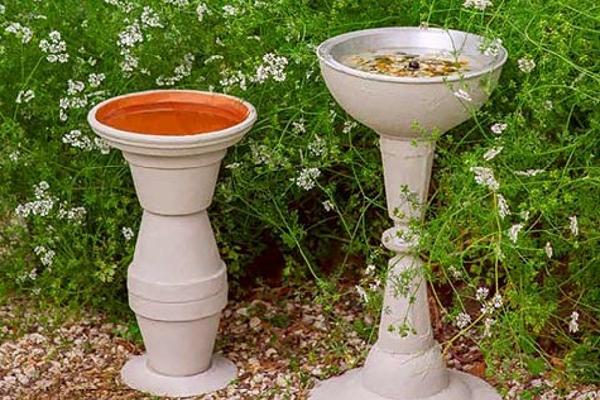
The Team from Neighbourly.co.nz
We've loving our Rugby World Cup fans sharing their photos on Neighbourly and bringing the spirit!
These fans below have won some spot prizes, keep sharing your photos to be in to win!
Now’s the perfect time to get decorating with 25% off Resene premium paints, wood stains, primers, sealers, wallpaper, decorating accessories and cleaning products at Resene ColorShops. Choose from thousands of colours and get your favourites tinted in Eco Choice approved Resene paints.
Ask … View moreNow’s the perfect time to get decorating with 25% off Resene premium paints, wood stains, primers, sealers, wallpaper, decorating accessories and cleaning products at Resene ColorShops. Choose from thousands of colours and get your favourites tinted in Eco Choice approved Resene paints.
Ask our staff for expert advice on everything from choosing the right colour and paint to how to apply it for the best finish.
Find out more

Hi there,
I'm writing a story on what's it like to live with a loud voice. Are you someone who gets high-pitched whenever you are excited? Does your family constantly nag you to dial down your voice? Or are you someone who's annoyed by your loved ones' loud talking?
If you… View moreHi there,
I'm writing a story on what's it like to live with a loud voice. Are you someone who gets high-pitched whenever you are excited? Does your family constantly nag you to dial down your voice? Or are you someone who's annoyed by your loved ones' loud talking?
If you can relate to any such scenario, I would love to hear from you. Please leave a comment or you can email me at sanda.arambepola@stuff.co.nz
Please put 'NFP' (not for publication) in your comment if you don't want it or your name to appear in the article.
Thank you for taking the time to share your stories.
85 replies (Members only)
The Team from NZ Compare
We're a Rugby MAD nation!
Which team are you supporting? How do they compare against the rest in this Rugby World Cup?
Share why you rate your team and you could WIN Sky Sport Now for 3 months (valued at $135)!
CLICK below to enter! Act fast, the entry deadline is October 12, 2023.
… View moreWe're a Rugby MAD nation!
Which team are you supporting? How do they compare against the rest in this Rugby World Cup?
Share why you rate your team and you could WIN Sky Sport Now for 3 months (valued at $135)!
CLICK below to enter! Act fast, the entry deadline is October 12, 2023.
But that's not all! Many broadband plans currently offer FREE subscriptions to top streaming services. It's the perfect time to switch!
Compare your broadband and power bills to save big this Spring!
COMPARE NOW: www.broadbandcompare.co.nz...

The Team from Neighbourly.co.nz
It's a controversial topic that can cause arguments for bed companions as well as staunch bedding enthusiasts.
Some people sleep beneath a top sheet, while others have said goodbye to 'hospital corners' and just use a duvet. Let's see how kiwis are sleeping these days, share … View moreIt's a controversial topic that can cause arguments for bed companions as well as staunch bedding enthusiasts.
Some people sleep beneath a top sheet, while others have said goodbye to 'hospital corners' and just use a duvet. Let's see how kiwis are sleeping these days, share your vote and your reasons below!
Type 'Not For Print' if you wish your comments to be excluded from the Conversations column of your local paper.

124 replies (Members only)
The Team from Heart Foundation NZ
Our research funding is all about saving lives in New Zealand ❤️ This year, we were thrilled to announce $3.7m of funding for heart research and specialist overseas training for New Zealand cardiologists. Huge thanks to our donors and supporters for their generosity and for making this … View moreOur research funding is all about saving lives in New Zealand ❤️ This year, we were thrilled to announce $3.7m of funding for heart research and specialist overseas training for New Zealand cardiologists. Huge thanks to our donors and supporters for their generosity and for making this investment in heart health possible.
Click the link to find out more about the transformative research projects.
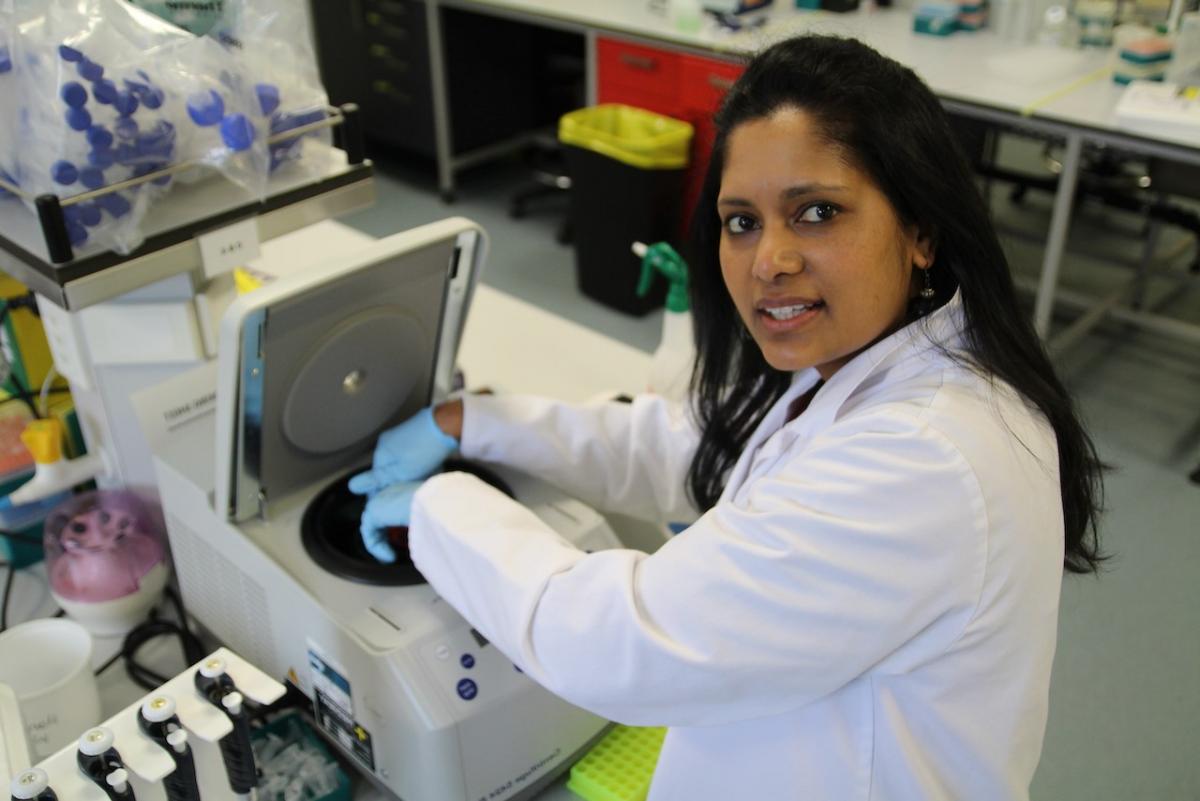
The Team from Electoral Commission
If you are blind, partially blind, or have a physical disability that means you cannot mark your voting paper without help, you can use the telephone dictation voting service.
You can use the telephone dictation voting service both from within New Zealand and if you’re overseas.
You do … View moreIf you are blind, partially blind, or have a physical disability that means you cannot mark your voting paper without help, you can use the telephone dictation voting service.
You can use the telephone dictation voting service both from within New Zealand and if you’re overseas.
You do need to register to use this service though, before noon (NZ time) on Saturday 14 October.
You can find more information on our website here: vote.nz...

Nicole Mathewson Reporter from Otago News
By reporter Debbie Jamieson:
An AI-generated future for Queenstown including skyscrapers and a container ship is dividing opinion in the tourist town.
According to the vision, the golf course at Kelvin Heights will be covered in development and linked by a bridge to Queenstown Gardens, which … View moreBy reporter Debbie Jamieson:
An AI-generated future for Queenstown including skyscrapers and a container ship is dividing opinion in the tourist town.
According to the vision, the golf course at Kelvin Heights will be covered in development and linked by a bridge to Queenstown Gardens, which hosts a line of glass-covered buildings.
Spread out skyscrapers sit in the central business district and on the popular lake front, while Shotover St has become an eight-lane highway.
Local André Chalmers took the photo of Queenstown and created the image with Photoshop Generative AI Fill to see what the town would look like with increased building heights.
The Queenstown Lakes District Council is consulting on plans to allow higher density development in the district, as directed under central Government’s National Policy Statement.
Queenstown, Frankton, Arrowtown, Wānaka and Lake Hāwea all face potential changes with buildings in the Queenstown town centre potentially reaching heights of 24m – or up to seven storeys.
They are currently restricted to 15.5m.
Of course, the skyscrapers in Chalmers’ image are much taller than 24m, but then the possibility of getting container ships and an oil tanker into Lake Wakatipu is also absurd – let alone considering where they might be going.
One commentator has suggested the ships could provide workers' accommodation.
Other social media followers have referred to the image as The Rio of the South, Queenscity, and Queenscoast.
Some have expressed concern that the image was an over-exaggeration and being used to spread misinformation and confusion.
Others are concerned there’s no snow on the Remarkables, no queue at Fergburger and no more car parking spots.
Plans to increase urban areas around the district have caused concern in communities such as Arrowtown, where a public meeting was held last month to understand the proposals.
High density residential areas could increase to 16.5m in Queenstown and 12m in Wānaka (from 10m) with medium density across much of the district to increase to 11m and low density increasing 1m to 8m.
The removal of setbacks in some zones will allow for more buildings and residential units to be constructed within a site than at present.
Minimum lot sizes in new developments are smaller and there is a reduction in car parking for developments close to public transport.
In its analysis of the proposal Todd and Walker Law said more development upwards and outwards would be permitted.
“We expect that new buildings constructed to the maximum height limits will disrupt existing views and amenity values for some landowners.
“The increase in townhouse and apartment complexes may also change the nature of existing suburbs.”
Submissions on the Proposed Urban Intensification Variation should be made by October 5.

The Team from Electoral Commission
You can find all the information you need about where, when and how to vote at vote.nz....
If you were enrolled at your current address by September 10, you will have been sent an EasyVote pack in the mail with an EasyVote card which will make voting easier.
However if yours hasn't … View moreYou can find all the information you need about where, when and how to vote at vote.nz....
If you were enrolled at your current address by September 10, you will have been sent an EasyVote pack in the mail with an EasyVote card which will make voting easier.
However if yours hasn't arrived yet you can vote without it! Find your nearest voting place here:
map.vote.nz...

The Team from NZ Compare
Happy Grandparents Day to our fantastic neighbours!
We wish you a day filled with celebration for your poppa, nan, koro, grandma or g'dad, while also remembering those who are no longer with us.
May your day be brimming with joy and treasured memories!
We extend our heartfelt … View moreHappy Grandparents Day to our fantastic neighbours!
We wish you a day filled with celebration for your poppa, nan, koro, grandma or g'dad, while also remembering those who are no longer with us.
May your day be brimming with joy and treasured memories!
We extend our heartfelt gratitude to everyone for their amazing nominations! Your stories have touched our hearts deeply. And the winner is... Koko Grant, nominated by Khalei-Marley Taylor-Karaitiana! Congratulations!

 Loading…
Loading…
Are you sure? Deleting this message permanently removes it from the Neighbourly website.
 Loading…
Loading…
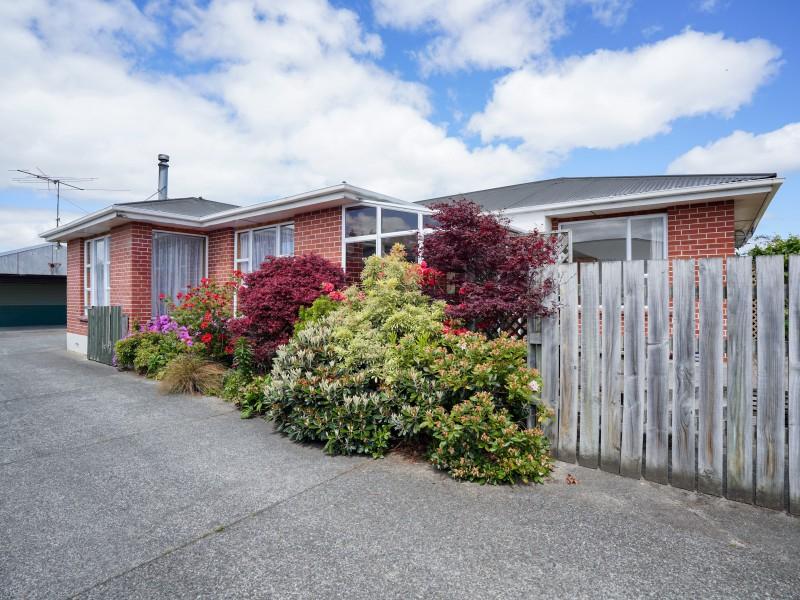
 By Negotiation
By Negotiation



 Marketed by Brendan Watson
Marketed by Brendan Watson
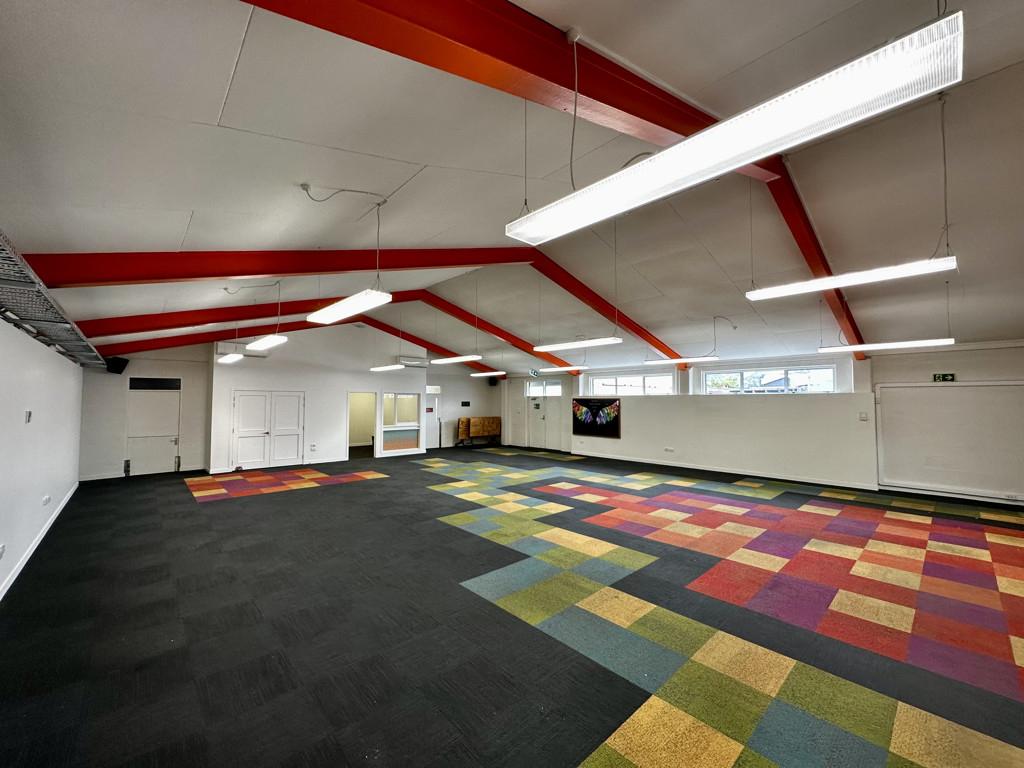
 By Negotiation
By Negotiation

 Marketed by Dan Hofmann
Marketed by Dan Hofmann
© Neighbourly 2025
